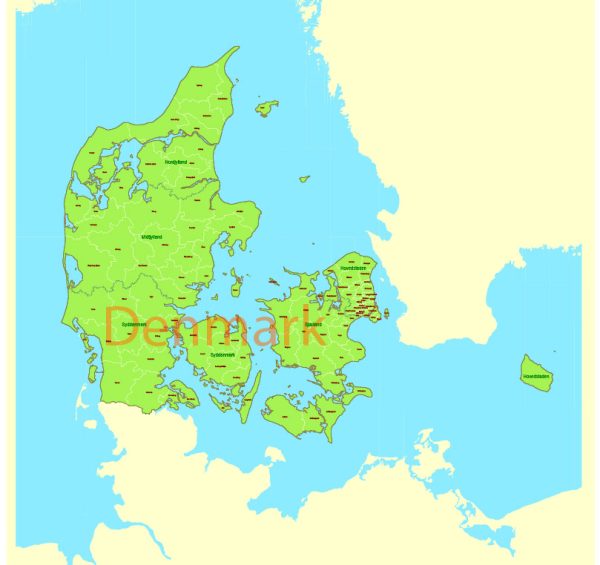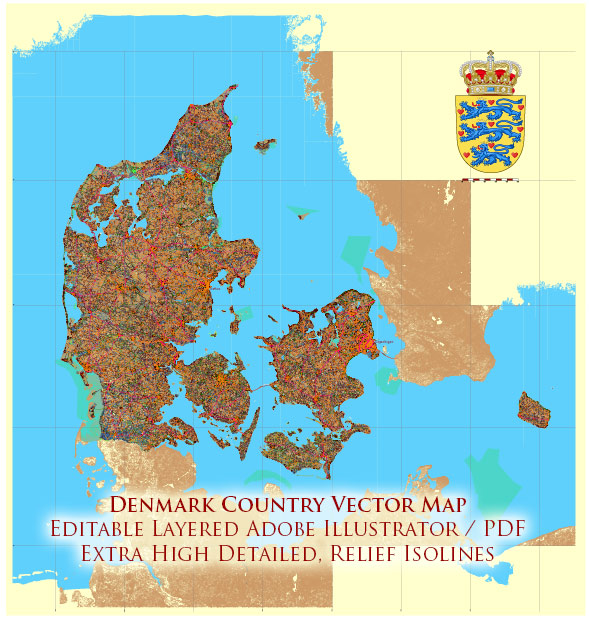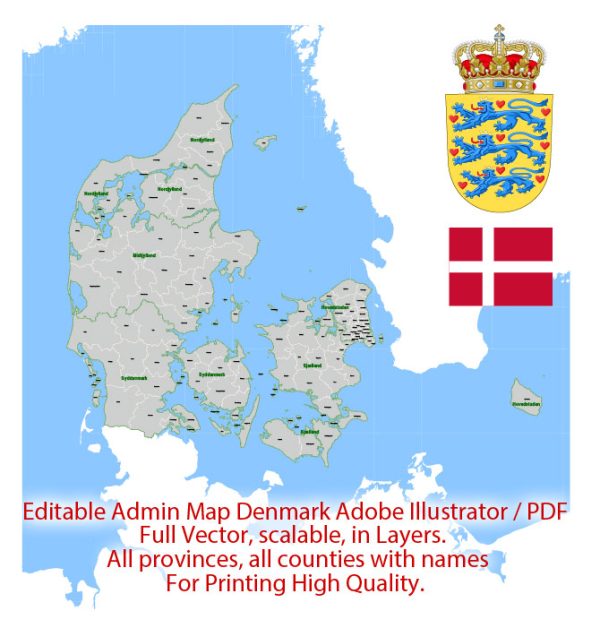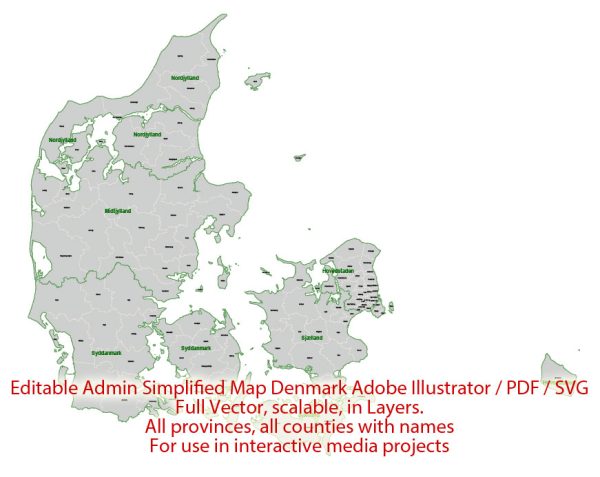Denmark has a strong maritime industry and transportation sector, given its strategic location as a gateway to the Baltic Sea and North Sea. The country has a rich maritime history and has consistently been a major player in global shipping and logistics. Here are some key aspects of Denmark’s maritime industry and transportation:
- Shipping Industry:
- Maersk Line: Denmark is home to the world’s largest container shipping company, A.P. Moller-Maersk Group. Maersk operates a vast fleet of container ships and is a global leader in container shipping and logistics.
- Shipping Companies: Apart from Maersk, Denmark has several other shipping companies that contribute significantly to the country’s maritime strength. These companies are involved in various segments of shipping, including bulk carriers, tankers, and offshore services.
- Port Infrastructure:
- Denmark has well-developed port facilities that play a crucial role in facilitating international trade. The Port of Copenhagen, Port of Aarhus, and Port of Esbjerg are among the major ports in the country.
- These ports handle a variety of cargo, including containers, bulk goods, and general cargo. The infrastructure is modern, efficient, and well-connected to the national and European transportation networks.
- Shipbuilding and Maritime Technology:
- Denmark has a strong tradition of shipbuilding and maritime technology. The country is known for producing high-quality vessels, including container ships, ferries, and specialized vessels for offshore activities.
- Danish companies are also at the forefront of developing cutting-edge maritime technologies, including navigation systems, communication equipment, and green shipping solutions.
- Maritime Safety and Regulations:
- Denmark adheres to rigorous international maritime safety standards. The Danish Maritime Authority is responsible for ensuring the safety and security of shipping in Danish waters and enforcing global maritime regulations.
- The country is actively involved in the development and implementation of international maritime conventions and initiatives to enhance safety, security, and environmental sustainability.
- Transportation Networks:
- Denmark has a well-developed and efficient transportation infrastructure that includes roads, railways, and airports. This integrated network facilitates the seamless movement of goods within the country and supports international trade.
- The Øresund Bridge, connecting Denmark and Sweden, is a significant transportation link that enhances connectivity between the Nordic countries.
- Green Shipping Initiatives:
- Denmark is committed to sustainable and green shipping practices. The maritime industry is actively engaged in developing and adopting environmentally friendly technologies, such as cleaner fuels, energy-efficient vessels, and emission reduction strategies.
- The focus on sustainability aligns with global efforts to reduce the environmental impact of the shipping industry.
Overall, Denmark’s maritime industry and transportation sector are integral to its economy, playing a vital role in global trade and logistics. The country’s commitment to innovation and sustainability positions it as a key player in the evolving landscape of the international maritime community.





 Author: Kirill Shrayber, Ph.D.
Author: Kirill Shrayber, Ph.D.